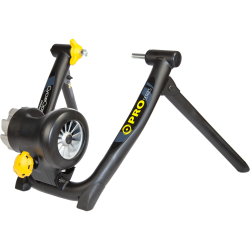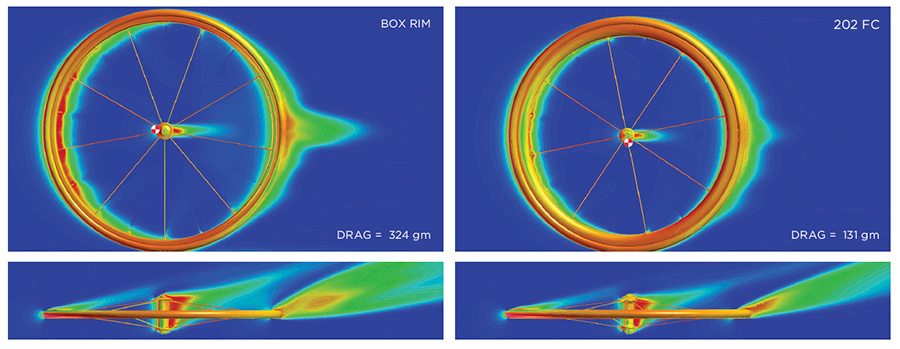2008 Cycling Gift Ideas
Gift Ideas for the Holiday Season It’s that time of the year and in addition to offering gift certificates and gift cards in the dollar denomination of your choice, we have compiled a list of the latest tech gadgets and helpful products that can deliver a smile to your cyclist’s face all year long. …


